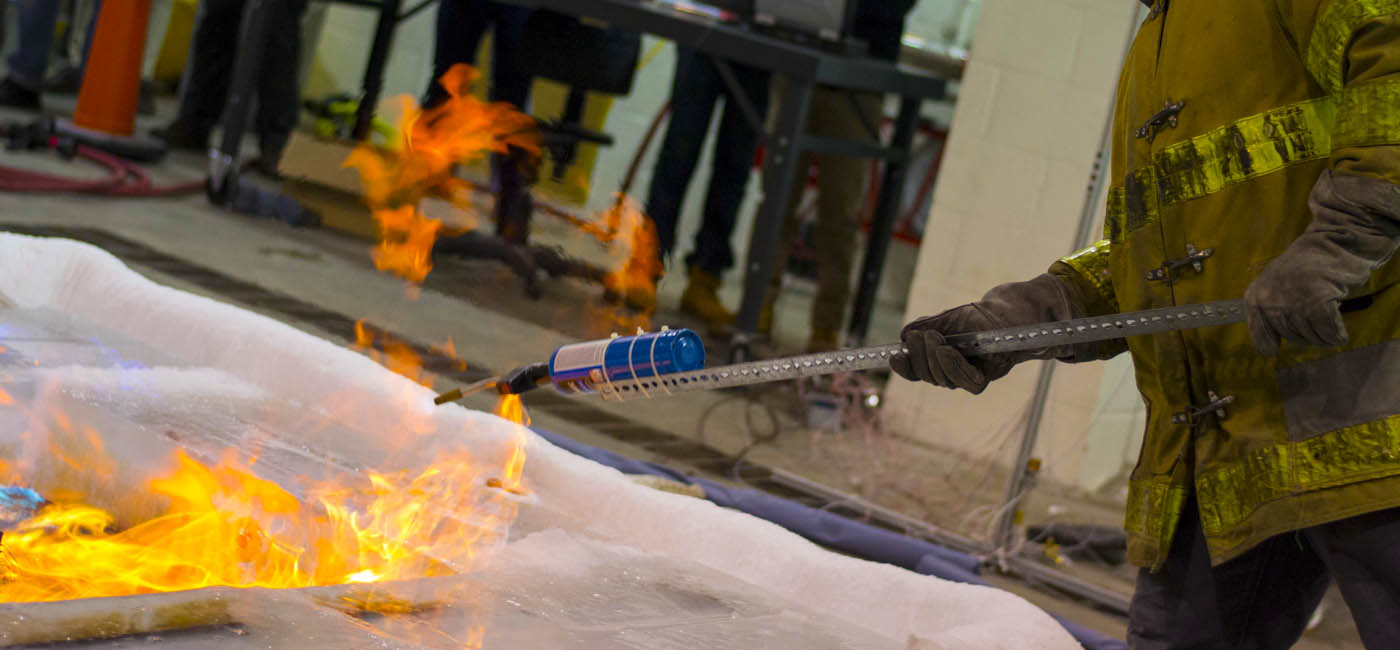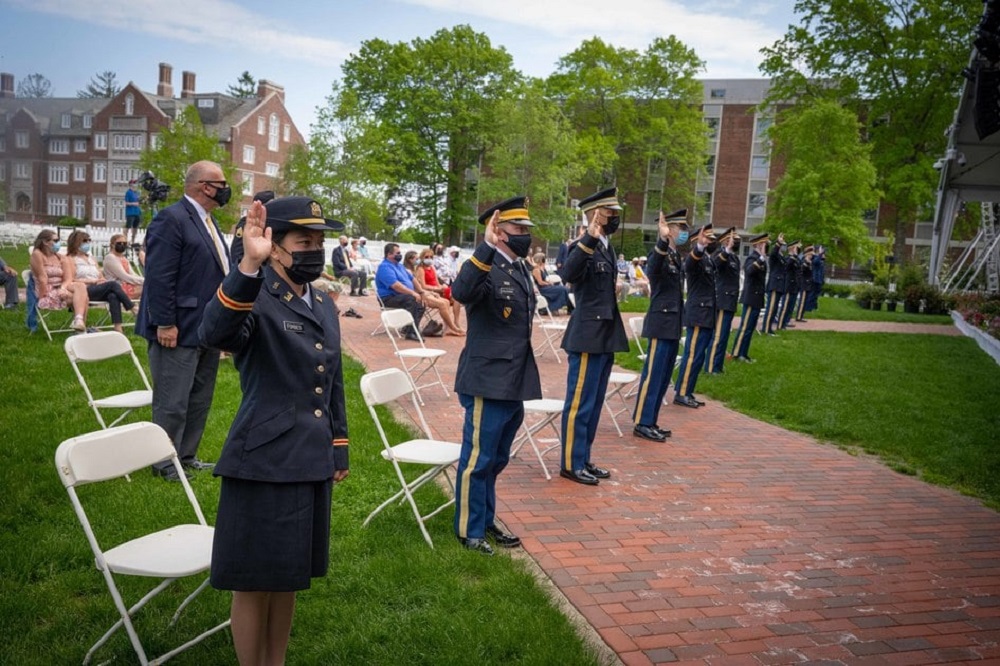WORCESTER, Mass. – The results of a national assessment of indoor location systems for firefighters and other first responders will be announced at Worcester Polytechnic Institute (WPI) during the 2009 Workshop on Precision Indoor Personnel Location and Tracking for Emergency Responders, which runs from Aug. 3 to 4. The assessment was conducted by WPI researchers this spring with funding from the Department of Homeland Security and oversight from the U.S. Army Natick Soldier Research, Development, and Engineering Center (NSRDEC).
Precision indoor location technology is designed to make it possible for firefighters, police officers, and EMTs to quickly locate and rescue teammates who become lost, disabled, or trapped inside a building. Coupled with physiological monitoring technology, such systems can also alert incident commanders when first responders are in distress--especially when their stress levels put them at risk of a heart attack. A 2008 report by the U.S. Fire Administration (USFA) identified stress or over-exhaustion and becoming lost or disoriented inside buildings as two of the top three leading causes of firefighter fatalities in 2007.
This is the fourth year of the workshop, which is the only national forum where the position location research, user, and development communities can gain a comprehensive overview of the state of the field and discuss future technical challenges. This year more than 100 leading researchers from industry, academia, and government; members of the first responder community; and representatives of federal, state, and local governments are expected to attend and engage in this workshop.
The keynote speakers for the 2009 workshop are Jalal Mapar, program manager, science and technology directorate, Department of Homeland Security (DHS), and John Morgan, director of the National Institute of Justice Office of Science and Technology. Congressman James McGovern (D-MA) will address the workshop on Tuesday afternoon. The workshop will also include talks by several corporate teams working on various types of location technology, including Argon ST, ENSCO Inc., Honeywell First Responder Products, Intersense, ITT, and TRX Systems, as well as researchers at university and government laboratories in the United States and Sweden. An update on WPI's Precision Personnel Location (PPL) system will be included. Some of the systems will be demonstrated in sessions during both days. A session on physiological monitoring for first responders will be held on Monday afternoon.
The indoor location systems developed by six companies were reviewed this spring at the Massachusetts Police Academy in New Braintree. Funded by a $430,000 award from the DHS's Science and Technology TechSolutions Program and administered by NSRDEC in Natick, Mass., the rigorous assessment, which included several fire and police scenarios, was designed and conducted by researchers in WPI's PPL research program. To avoid a conflict of interest, the groundbreaking location systems developed by the WPI team were not included.
"The real goal of the national assessment was for DHS to gain valuable insight into which technologies and techniques hold the most promise so we can collectively overcome the challenges we face and develop systems that will save lives,” says R. James Duckworth, professor of electrical and computer engineering at WPI and co-leader of the PPL program.
The report on the national assessment will be delivered by Gregory Price, director of DHS TechSolutions, and Scott Ullery of NSRDEC. During the same session, Ric Plummer, a firefighter with the Berlin, Mass., Fire Department, who served as a consultant to the national evaluation, and Trooper Jeff Lenti of the Massachusetts State Police will provide an overview of the real-world challenges that confront developers of indoor location systems. In particular, they will explain the difficulties of navigating and communicating while working in the extreme environment of a burning building or while responding to crimes such as hostage-takings. They will show how those realities complicate the challenge of developing systems that can provide useful location, tracking, and physiological status information in real time to first responders and incident commanders.
These situational challenges are in addition to the technical difficulties involved in locating people in three dimensions to within one foot inside buildings--this level of accuracy is necessary to determine on which side of a wall someone is located or to find someone in a space filled with dense smoke. "WPI began work on this problem after the December 1999 Worcester Cold Storage Warehouse fire, which took the lives of six firefighters who could not find their way out of the building," notes David Cyganski, professor of electrical and computer engineering and co-leader of the WPI PPL team. "While we have made considerable progress and are nearing a commercial system, we have come to realize that this is a far more daunting task than we first understood."
Since the Worcester fire and with more than $4 million in funding from the U.S. Departments of Justice's National Institute of Justice, the Department of Homeland Security, and the U.S. Army, the WPI PPL team has developed a location and tracking system that uses advanced radio and radar technology in tandem with inertial navigation. Developed in close collaboration with the Worcester Fire Department and other members of the firefighting community, the system is designed to ultimately be able to locate a first responder in three dimensions with an accuracy of one foot and a range of 2,000 feet.
The system is designed to require no pre-installed infrastructure, to be integrated into firefighter turnout gear and fire trucks, and to provide information about the location of all firefighters and the paths they have taken on an easy-to-understand display screen at the command center. The WPI system also provides physiological monitoring of first responders via a sensor-equipped shirt developed by Foster Miller and a wireless pulse oximeter developed at WPI.
Search for WPI Precision Personnel Location for additional details about the Workshop. Media interested in attending the workshop should contact Michael Dorsey (mwdorsey@wpi.edu, 508-831-5609) or Eileen Brangan Mell (ebmell@wpi.edu, 508-831-6785).



